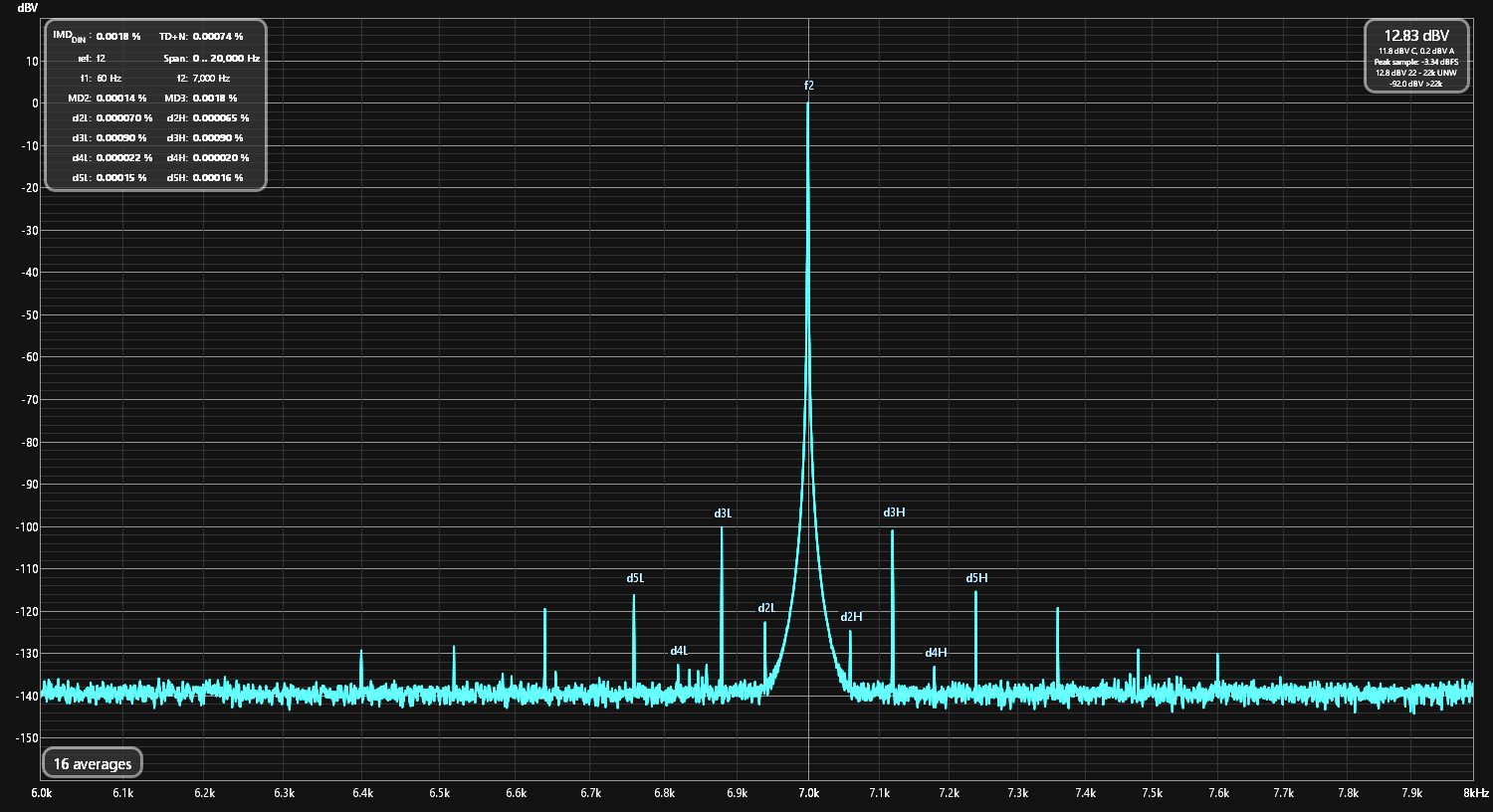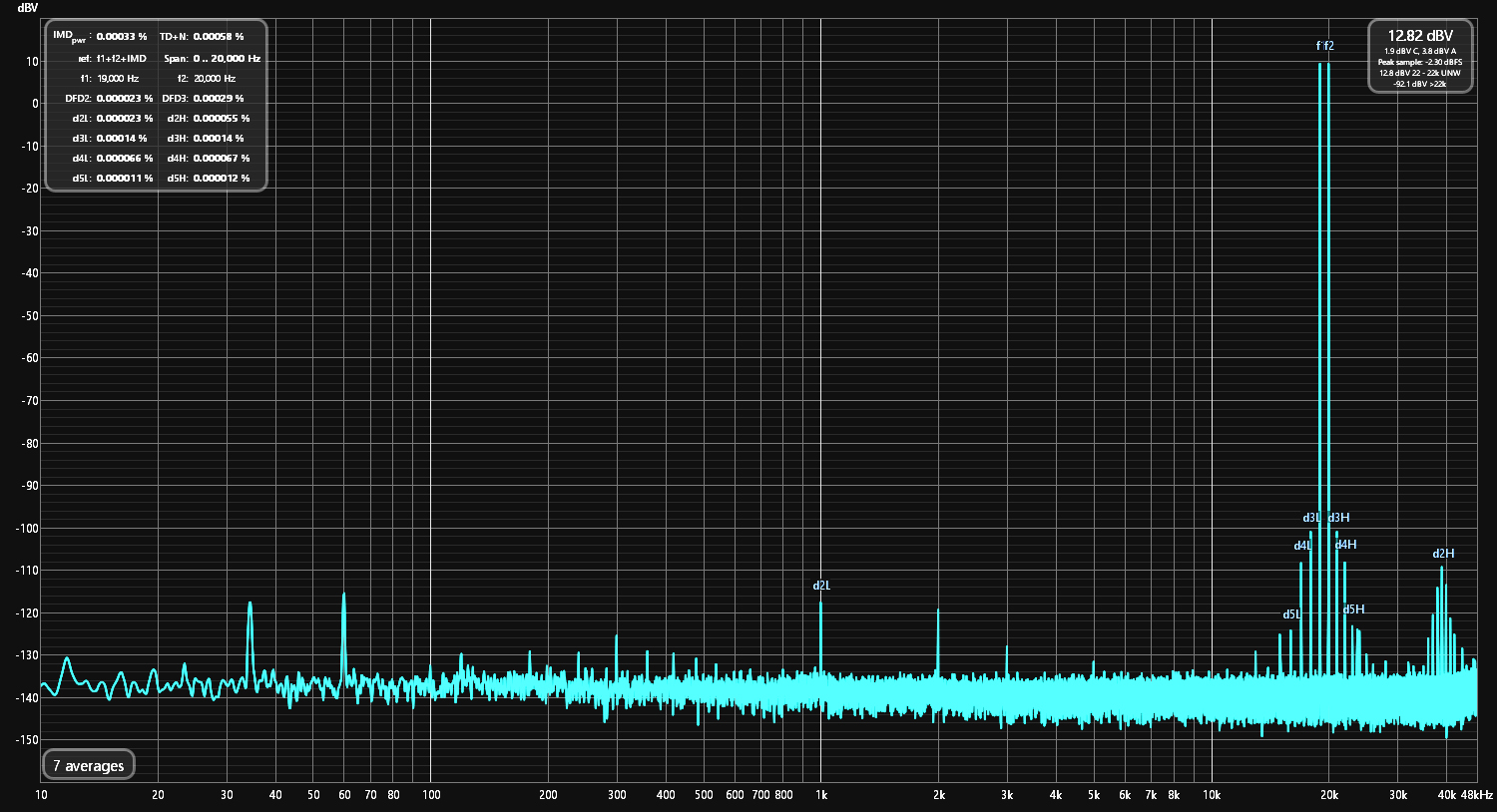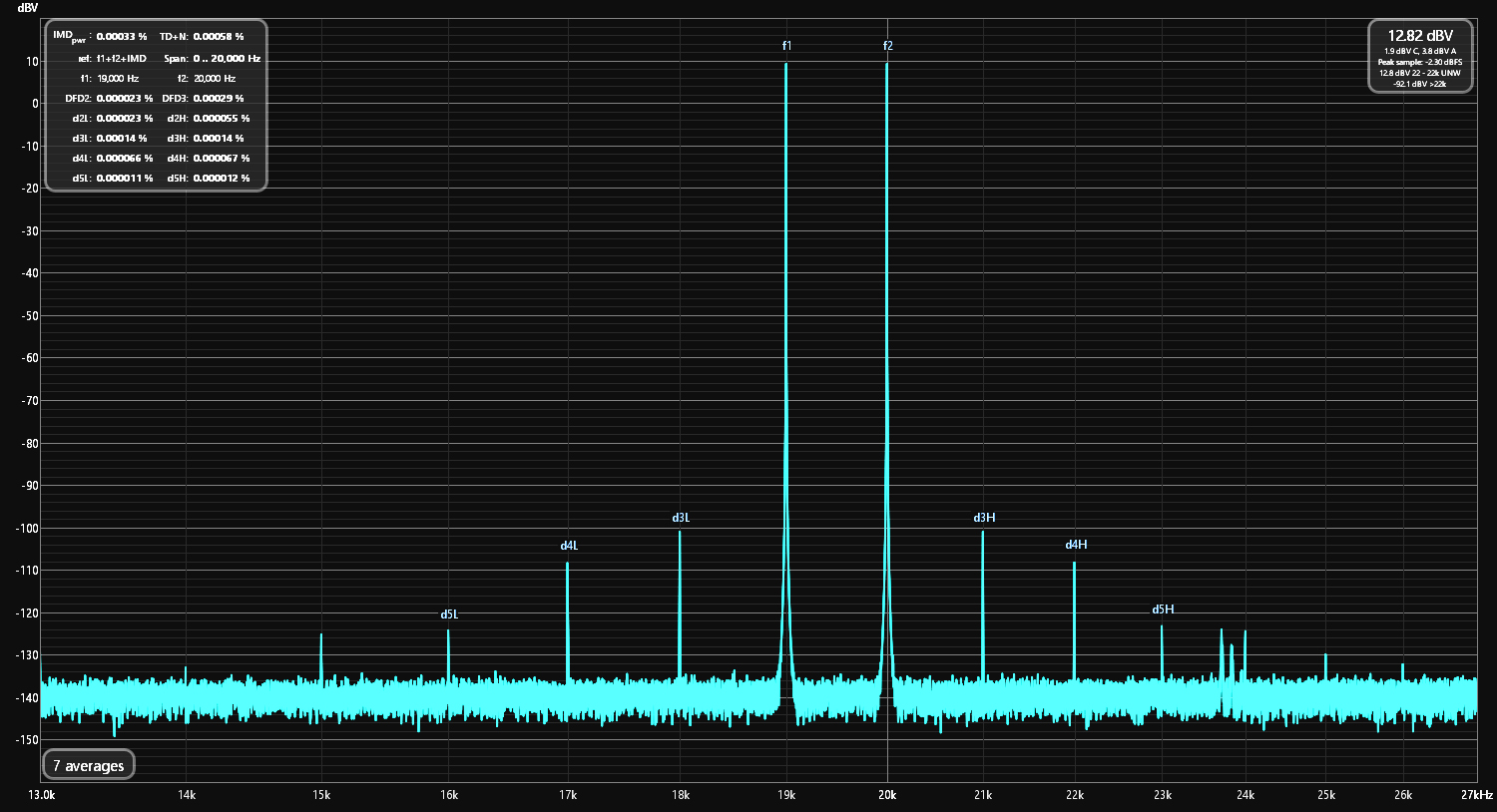Intermodulation distortion (IMD) is a critical yet often overlooked phenomenon in audio reproduction that occurs when two or more frequencies interact within a nonlinear system, generating additional, unintended frequencies. Unlike harmonic distortion, which produces harmonics of the original signal, intermodulation creates sum and difference frequencies that are not musically related to the input. These spurious signals can significantly degrade audio fidelity, particularly in complex musical passages with multiple instruments or vocals. When present, IMD manifests as a harsh, gritty, or congested sound that can mask subtle details and reduce the clarity of the original performance, even at relatively low distortion levels. Because the human ear is particularly sensitive to these unnatural byproducts, intermodulation is often perceived as more objectionable than other types of distortion.
Minimizing intermodulation is essential for achieving high-quality audio reproduction, especially in high-fidelity systems and professional audio equipment. Designing audio components with low IMD requires careful attention to circuit linearity, power supply stability, and component matching. Amplifiers, preamplifiers, and loudspeakers are all susceptible to IMD if not properly engineered. Manufacturers often conduct two-tone tests, combining signals such as 19 kHz and 20 kHz, to measure intermodulation products that appear within the audible range. A well-designed component will preserve the integrity of the original audio without introducing dissonant artifacts. In an era where high-resolution audio and precision playback are increasingly valued, reducing intermodulation distortion is not just a technical goal—it’s a fundamental requirement for faithful and enjoyable sound reproduction.
How Intermodulation Occurs
Intermodulation Distortion (IMD) occurs when two or more audio signals pass through a nonlinear system (e.g., an amplifier, speaker, or digital processing chain). This nonlinearity causes the signals to mix and produce new frequencies that are mathematically related to the original ones.
The newly created frequencies are given by:
Where:
● ƒ are the original frequencies,● m and n are integers (typically small values like 1, 2, 3).
Types of Intermodulation Distortion
- Generates distortion at

- More problematic because the resulting distortion often falls inside the audible range.
- Produces even more complex artifacts at

- Typically found in extreme cases of nonlinearity (e.g., overloaded amplifiers, poorly designed digital processing).
Secrets Sponsor
Shown below is an example of intermodulation distortion, using 60 Hz and 7 kHz sine waves with a 4:1 ratio respectively, at -5 dBFS level. You can see some IM distortion peaks clustered around the 7 kHz peak. There are also some harmonic peaks of the main peak and its distortion peaks up around 14 kHz.
Next is an expansion of the area around 7 kHz (below). Each of the intermodulation peaks is labeled.
Now, an example of IMD in a preamplifier using 19 kHz and 20 kHz sine waves as the input signal. You can see the primary peaks at 19 kHz and 20 kHz (the tall peaks), second-ordered intermodulation IMD peaks at 18 kHz and 21 kHz, and higher-ordered intermodulation peaks at 15 kHz, 16 kHz, 17 kHz, 22 kHz, 23 kHz, and 24 kHz. Again, there are harmonic peaks of the intermodulation peaks and main (fundamental) peaks at 40 kHz.
Here is the expanded version to see the details and labelling of the intermodulation peaks:
Why is Intermodulation Bad in Audio?
● Unmusical Artifacts: Unlike harmonic distortion (which adds harmonics of a fundamental frequency), IMD produces non-harmonic frequencies, making it sound unnatural.● Audibility: IMD can be noticeable even at low levels, especially in high-fidelity audio systems.
● Masking Effects: IM distortion can make high-frequency details muddy and reduce clarity.
Common Causes of Intermodulation in Audio
- Overdriving an amplifier can introduce IMD.
- Poor circuit design or improper biasing in transistor-based systems.
- Nonlinear behavior in woofers and tweeters at high volumes.
- Cheap or misaligned drivers often introduce intermodulation artifacts.
- Poor dithering or excessive dynamic range compression can introduce IMD.
- Low-quality sample rate conversion algorithms.
- Nearby radio frequencies mixing within the receiver can generate intermodulation artifacts.
How to Reduce Intermodulation Distortion
- Use High-Quality Components: Better amplifiers, DACs, and speakers reduce IMD.
- Avoid Overloading Amplifiers: Stay within the clean gain range of an amplifier.
- Proper Gain Staging: Maintain healthy signal levels throughout the audio chain.
- Use Linear Phase Processing: Some EQs and compressors introduce IMD—linear phase options can help.
- Improve Loudspeaker Design: High-quality drivers and crossovers reduce mechanical IMD.
Example of Intermodulation in Real Life
Imagine two musicians playing 1 kHz and 1.2 kHz tones at the same time. In a perfect system, you should only hear these two frequencies. But in a nonlinear system, you might hear extra tones like:
● 200 Hz (1.2 kHz – 1 kHz)● 2.2 kHz (1 kHz + 1.2 kHz)
● 800 Hz (2 × 1 kHz – 1.2 kHz)
These “phantom” tones can make music sound muddy, distorted, or less natural.
Secrets Sponsor
Intermodulation distortion remains one of the most revealing indicators of a component’s linearity and overall audio fidelity. Unlike harmonic distortion, its non-musical byproducts can severely impact the listening experience, making its reduction a top priority for audio engineers. The constant pursuit of lower IMD has led to innovations in circuit topology, improved component matching, and more precise power supply design. As audio systems advance in resolution and dynamic range, the need to control intermodulation becomes even more critical. Ultimately, minimizing IMD is essential for preserving the purity and realism of recorded music across all types of playback systems.
REFERENCES
[1] D. Self, Audio Power Amplifier Design Handbook, 6th ed. Abingdon, UK: Routledge, 2020. [2] D. Self, Small Signal Audio Design, 2nd ed. Oxford, UK: Focal Press, 2010. [3] B. Duncan, High Performance Audio Power Amplifiers. Oxford, UK: Newnes, 1996. [4] D. Davis and E. R. Patronis, Sound System Engineering, 4th ed. Oxford, UK: Focal Press, 2006. [5] J. Borwick, Ed., Loudspeaker and Headphone Handbook, 3rd ed. Oxford, UK: Focal Press, 2001. [6] S. P. Lipshitz and J. Vanderkooy, “Why professional amplifiers sound different,” J. Audio Eng. Soc., vol. 33, no. 5, pp. 354–368, May 1985. [7] P. Baxandall, “Audio power amplifiers—Part 3: Distortion,” Wireless World, vol. 85, no. 1531, pp. 61–67, 1979. [8] M. Otala, “Transient intermodulation distortion in amplifiers,” IEEE Trans. Audio Electroacoust., vol. 21, no. 6, pp. 534–542, Dec. 1973. [9] International Electrotechnical Commission, IEC 60268-3: Sound system equipment – Part 3: Amplifiers, Geneva, Switzerland: IEC, 1993. [10] Audio Engineering Society, AES17-1998: Measurement of Digital Audio Equipment, New York, NY: AES, 1998.







